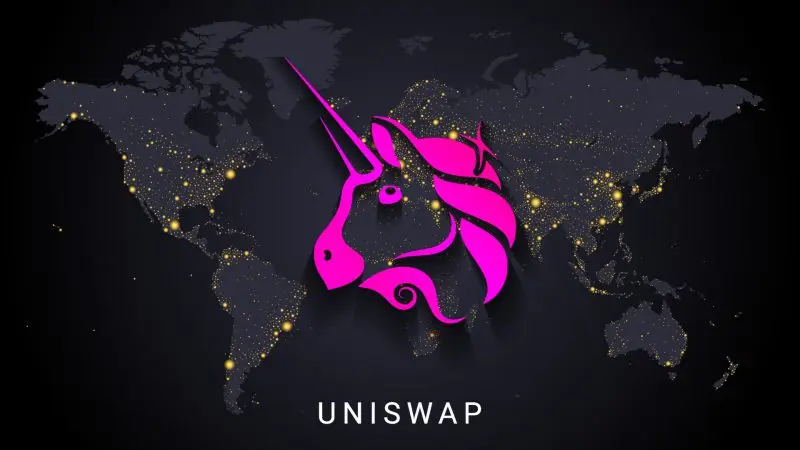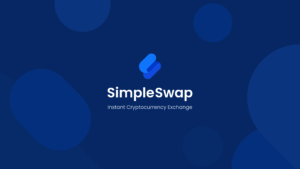The Future of DeFi: Exploring the Role of Uniswap Exchange

Decentralized finance, commonly known as DeFi, has rapidly transformed the financial landscape over the past few years. Unlike traditional finance, DeFi eliminates intermediaries, allowing users to trade, lend, and borrow assets directly on blockchain platforms. At the forefront of this transformation is Uniswap, a decentralized exchange (DEX) that has played a pivotal role in shaping the way users interact with digital assets. The emergence of Uniswap v3 has further redefined the possibilities within DeFi, introducing innovative features and creating a more efficient trading ecosystem.
The Rise of Decentralized Finance
DeFi’s rise can be attributed to its ability to provide open access to financial services without relying on centralized authorities. Traditional financial systems are often limited by geographical boundaries, regulatory restrictions, and high transaction costs. DeFi platforms, on the other hand, are global, transparent, and accessible to anyone with an internet connection. This democratization of finance has attracted millions of users seeking alternatives to banks, brokerage firms, and other traditional institutions.
Centralized exchanges, although popular, face several challenges, including security risks, regulatory scrutiny, and high fees. Decentralized exchanges like Uniswap offer solutions by allowing peer-to-peer trading on blockchain networks, thereby reducing the risk of hacks and eliminating the need for trust in a central authority. By leveraging smart contracts, Uniswap ensures that trades are executed automatically, securely, and transparently.
Uniswap’s Pioneering Role
Uniswap emerged in 2018 as one of the first automated market maker (AMM) protocols. Unlike traditional order book exchanges, AMMs rely on liquidity pools, which are funded by users who provide their assets in exchange for a share of trading fees. This innovation simplified trading and increased liquidity, making it easier for users to buy and sell tokens without relying on counterparties. Uniswap’s model quickly gained popularity due to its simplicity, efficiency, and ability to support a wide variety of ERC-20 tokens on the Ethereum blockchain.
Over the years, Uniswap has evolved through multiple iterations, each enhancing the platform’s functionality. Uniswap v3, launched in 2021, represents a significant leap forward. By introducing concentrated liquidity and multiple fee tiers, v3 allows liquidity providers to allocate their capital more efficiently and earn higher returns. This design empowers users to take on more control and flexibility in managing their assets while improving the overall efficiency of the exchange.
Innovations in Uniswap v3
Uniswap v3’s introduction of concentrated liquidity is a game-changer for DeFi. Traditionally, liquidity providers were required to supply funds across the entire price range of a token pair, leading to capital inefficiency. Concentrated liquidity enables providers to focus their assets within specific price ranges where they expect trading to occur. This approach increases capital efficiency, reduces slippage, and enhances trading opportunities for users.
Another key innovation is multiple fee tiers. By allowing liquidity providers to choose between different fee structures, Uniswap v3 caters to a broader range of trading strategies and risk appetites. Traders benefit from tighter spreads and lower costs, while liquidity providers can maximize their returns according to market conditions. This flexibility strengthens the ecosystem and encourages more participation from both retail and institutional investors.
In addition, Uniswap v3 integrates advanced oracle mechanisms and supports Layer 2 scaling solutions. These upgrades address Ethereum network congestion and high gas fees, making transactions faster and more cost-effective. As DeFi adoption grows, the ability to provide seamless, low-cost transactions becomes essential for maintaining user trust and engagement.
Impact on the DeFi Ecosystem
Uniswap’s innovations have had a profound impact on the broader DeFi ecosystem. The platform’s model inspired numerous other DEXs and DeFi protocols, fostering competition and driving further innovation. The introduction of Uniswap v3 has set new standards for liquidity provision, trading efficiency, and user experience. As more projects adopt similar AMM mechanisms, the overall DeFi landscape becomes more robust and interconnected.
The rise of Uniswap and other decentralized exchanges has also challenged traditional finance by highlighting the inefficiencies of centralized systems. Users increasingly prefer decentralized platforms for their transparency, accessibility, and lower costs. This shift encourages legacy financial institutions to explore blockchain technology and DeFi integration, signaling a potential convergence between traditional and decentralized finance in the future.
Moreover, Uniswap v3 empowers individual investors and small liquidity providers. By offering tools that optimize capital efficiency, the platform allows users to compete with larger institutional players on a more level playing field. This democratization of market participation aligns with the core principles of DeFi and strengthens the decentralized ethos.
Challenges and Future Outlook
Despite its successes, Uniswap and the broader DeFi space face challenges. Regulatory uncertainty remains a significant concern, as governments around the world grapple with how to classify and regulate decentralized platforms. Security risks, while mitigated through smart contract audits, cannot be entirely eliminated. Market volatility and liquidity fragmentation also pose challenges for traders and liquidity providers alike.
However, the future of Uniswap and DeFi appears promising. Continued development of Layer 2 solutions, cross-chain interoperability, and advanced AMM designs will enhance scalability, efficiency, and accessibility. Uniswap’s ongoing innovations, particularly with v3, position it as a central player in the evolution of decentralized finance.
As DeFi continues to grow, platforms like Uniswap will play a crucial role in shaping the financial landscape of the future. By providing efficient, secure, and accessible trading mechanisms, Uniswap contributes to a financial ecosystem where users have more control over their assets and transactions. The adoption of Uniswap v3 features ensures that the platform remains competitive and relevant in an increasingly crowded and dynamic market.
In conclusion, Uniswap has not only revolutionized how digital assets are traded but also set the standard for innovation in DeFi. The introduction of Uniswap v3 has enhanced liquidity provision, improved capital efficiency, and offered users more control over their trading strategies. As decentralized finance continues to expand, Uniswap’s role as a pioneer and leader is likely to grow, influencing both the development of new protocols and the integration of DeFi principles into mainstream finance. By continuously evolving and addressing the challenges of scalability, efficiency, and user experience, Uniswap is poised to remain at the forefront of the decentralized finance revolution.
The future of DeFi is intrinsically linked to platforms like Uniswap, where innovation, accessibility, and efficiency converge to redefine the way people interact with financial systems. Uniswap v3 exemplifies the potential of decentralized exchanges to empower users, optimize liquidity, and shape a financial ecosystem that is more inclusive, transparent, and resilient.





